
Robert McGee
In my last post, I wrote about the scalping of Texas settler, Josiah Wilbarger, who lived to tell the tale. I’ve come across another scalping survivor account, that of teamster Robert McGee, who agreed with Josiah Wilbarger who said the scalping sounded like “distant thunder. The following is excerpted from the blog, The Road to Samarkand:
Somewhere on the plains of western Kansas in the summer of 1864, a wagon train was carrying supplies to Fort Union, New Mexico. As they stopped for an evening meal, they were attacked by a group from the Brule Sioux Indians allegedly led by Chief Little Turtle himself. The soldiers charged with protecting the wagon train had been held up and consequently the wagon teamsters were entirely unprepared for such an attack. Every member of the caravan was brutalized and executed in various grisly ways. When a government scouting party found them, they discovered that Robert McGee, a 13 year old driver, had miraculously survived. He was whisked off to an infirmary where he gradually recovered and became one of the few people in history to have survived being scalped.
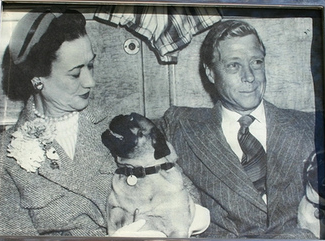
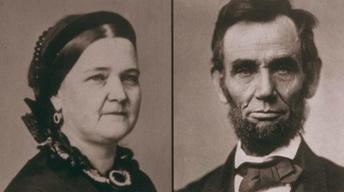

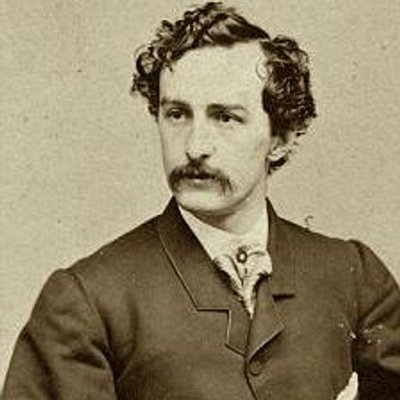



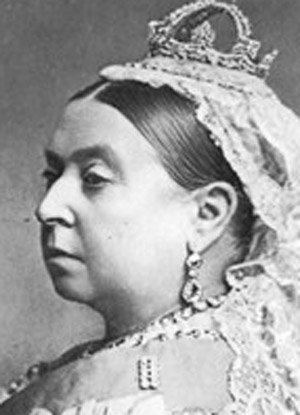
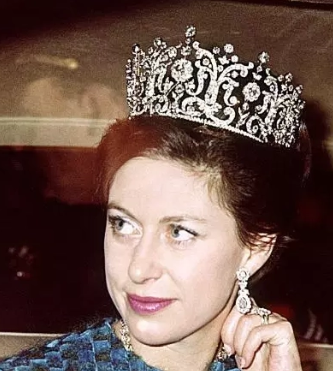













I don’t understand: so, he just had no skin covering his skull? Are those scars on his skin or the places where the bones of his skull fused?
LikeLike
Generally, they cut a person’s scalp along the hairline or across the head and peeled back the skin, exposing the skull. The photo looks as if McGee had his scalp stitched back in place.
LikeLike